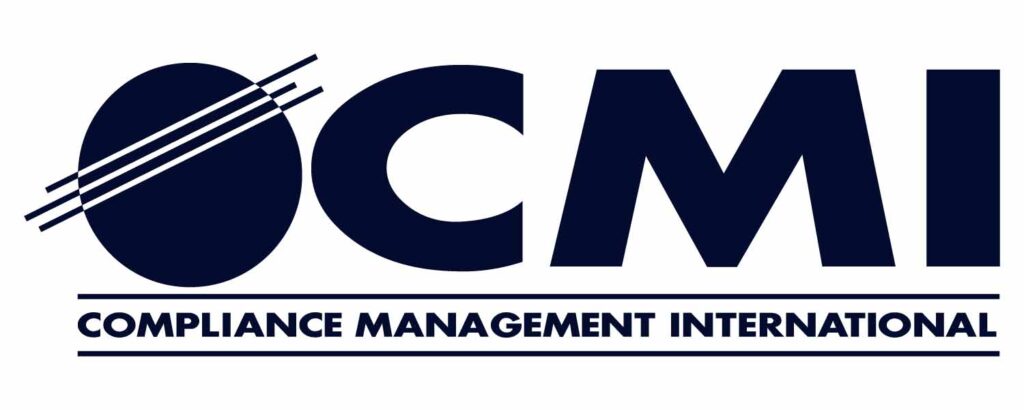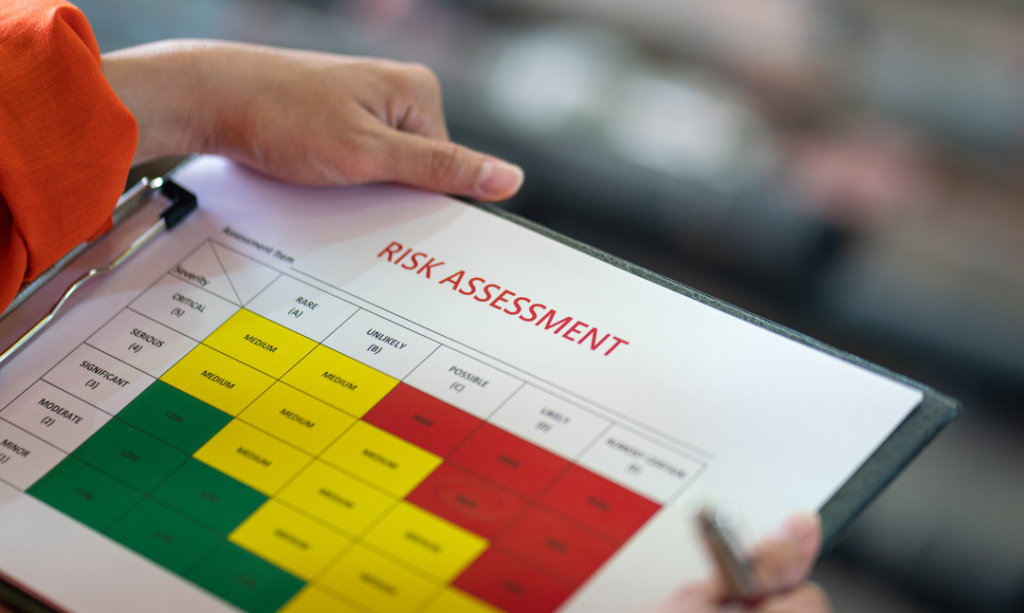One of the most overlooked hazards in the workplace is heat exposure. Based on data collection and case studies, the Occupational Safety and Health Administration (OSHA) has published an Advance Notice of Proposed Rulemaking for “Heat Injury and Illness Prevention in Outdoor and Indoor Work Settings”.
Due to years of injury and illness data and the fact that there are no Federal OSHA standards specific to heat-related illness or injuries, OSHA is also implementing a National Emphasis Program or NEP to reduce heat-related injuries. This program will include workplace inspections in conjunction with the rulemaking process to develop a workplace heat standard. OSHA is also forming a National Advisory Committee on Heat Injury and Illness Prevention Advisory Committee to provide better understanding of workplace challenges and to identify and share best practices to protect workers.
Why is OSHA focusing on heat-related injuries?
The U.S. Department of Labor Bureau of Labor Statistics (BLS) reports that between 2015 and 2019, cases related to environmental heat resulted in an average of 35 fatalities per year and 2,700 recordable cases with days away from work. The data may not even account for all cases since the total number of heat-related fatalities may be underreported or improperly diagnosed. The cause of death is often listed as a heart attack, when the actual or aggravating cause may have been exposure to a heat-related hazard. Heat-related illnesses range from heat cramps to heat stroke with the latter possibly leading to death.
What does this mean for your organization?
If you are on the OSHA targeted industries list, then you may be inspected under this NEP when the National Weather Service has issued a heat warning or advisory for your area. The list includes both construction and general industry sectors working indoors and outdoors. Since there currently are not OSHA heat-related standards, inspection findings may include citations and fines under the General Duty Clause (section 5(a)(1)) of the Occupational Safety and Health Act of 1970. OSHA will also be conducting inspections for any heat-related fatalities, catastrophes, complaints or referrals regardless of whether your company is on the targeted list. They will also expand other inspections to include a review of heat illness and injury prevention programs if hazardous conditions are observed or brought to the attention of the Compliance Officer during the inspection or if they find heat-related cases on the OSHA 300 logs.
What can you expect if you are inspected under this program?
Inspections under this program will include a thorough review to determine if heat exposure is properly controlled in your workplace. Key steps will include a review of your OSHA logs to see if you have had heat-related illness or injuries; a review of records of any heat-related emergency room visits or ambulance transports; interviews with employees for heat-related symptoms; determining if your company has a Heat Illness and Injury Prevention program; documenting conditions that could cause heat-related issues; and identifying potential hazards relevant to heat-related activities. Key areas that you should be prepared for during an inspection include:
- How does your company measure ambient temperature(s) and levels of work exertion?
- Is there unlimited cool water accessible to employees?
- Did your company provide additional breaks for hydration?
- Are there scheduled rest breaks?
- Is there access to shaded areas?
- Does your company provide time for acclimatization for new or returning workers?
- Is a “buddy” system in place for hot days?
- Are administrative controls used to limit heat exposures (i.e., earlier start times; worker rotation)?
- Does your company provide training on heat-related illnesses including signs/symptoms, reporting, hydration, illness prevention strategies, and first aid?
If you are in an industry where your employees are exposed to heat-related hazards, then you should consider the following:
- Conduct an assessment to determine your heat-related exposures
- Develop a written Heat Illness and Injury Prevention Program
- Train employees on the Heat Illness and Injury Prevention Program
- Conduct routine inspections to ensure adherence and effectiveness
Developing an effective Heat Illness and Injury Prevention Program will be key to minimizing employee exposures and enable your company to be prepared should you have an OSHA inspection. Our team of health and safety professionals is available to help you determine if you are on the targeted industries list and to assist with development, implementation and training to prepare for this OSHA initiative. Contact us.
Resource: See Appendix A of the NEP.
Written by: Michael Schneider, CSP, Director, Health and Safety Services



